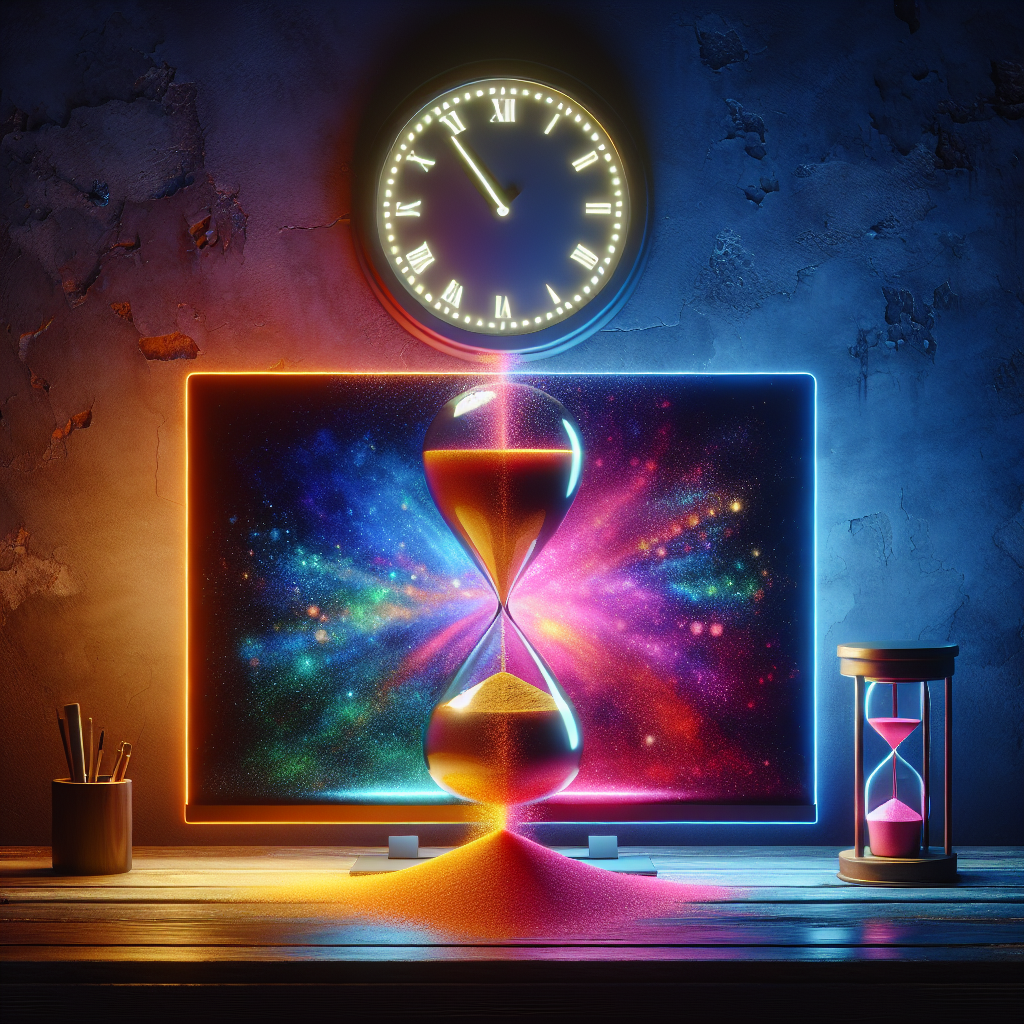As OLED (Organic Light-Emitting Diode) technology grows in popularity, many consumers and tech enthusiasts are curious about the longevity of OLED monitors. While they offer superior image quality, color accuracy, and deeper blacks compared to traditional LCDs, questions about their lifespan persist.
What Determines the Lifespan of OLED Monitors?
The lifespan of OLED monitors is influenced by several key factors:
- Usage patterns: How often and intensely the monitor is used plays a significant role. Continuous usage at high brightness settings can degrade the organic materials faster.
- Pixel degradation: Each pixel in an OLED display can degrade over time, leading to burn-in or image retention issues. This is more common in static images displayed for prolonged periods.
- Heat management: High operating temperatures can accelerate the degradation of OLED materials. Proper ventilation and heat dissipation can mitigate this issue.
- Manufacturing quality: The quality and consistency of the materials and processes used during manufacturing impact the monitor’s lifespan. High-end OLED monitors tend to have better durability.
Average Lifespan of OLED Monitors
Most OLED monitors are designed to last between 30,000 to 60,000 hours. To put this into perspective, here’s a breakdown of what different usage patterns might look like:
| Usage Hours per Day | Expected Lifespan (Years) |
|---|---|
| 4 hours | 20 to 40 years |
| 8 hours | 10 to 20 years |
| 16 hours | 5 to 10 years |
Common Issues Affecting OLED Longevity
A few specific issues are common in OLED monitors, each affecting their lifespan in different ways:
Burn-in and Image Retention
Burn-in occurs when static images, such as logos or interface elements, are displayed for extended periods, causing persistent shadows or impressions. Image retention, a temporary form of burn-in, usually fades over time but can be bothersome.
Organic Material Degradation
The organic compounds in OLED displays naturally degrade over time, and this process is affected by how the monitor is used. High brightness and prolonged usage hasten the degradation, leading to color shifts and duller images.
Heat Exposure
Excessive heat can speed up the degradation of OLED materials. Continuous high-temperature operations, often due to inadequate cooling or ventilation, can significantly reduce the monitor’s lifespan.
Extending the Lifespan of Your OLED Monitor
To maximize the longevity of an OLED monitor, consider the following best practices:
- Reduce Brightness: Operate the monitor at a lower brightness setting to decrease the rate of organic material degradation.
- Utilize Screen Savers: Set screen savers to activate during inactivity to prevent static images from burning in.
- Rotate Static Content: Regularly change the position of static elements to avoid prolonged display of the same image areas.
- Calibrate Periodically: Perform regular calibrations to ensure uniform pixel performance and accurate color representation.
- Proper Cooling: Ensure adequate ventilation around the monitor to prevent overheating and reduce stress on the organic materials.
Future of OLED Technology
The industry continues to innovate, aiming to increase OLED longevity and reduce common issues. Advances in materials science, such as more durable organic compounds and improved design techniques, promise longer-lasting OLED displays. Furthermore, manufacturers are developing technologies to minimize burn-in and enhance overall stability.
QNED and MicroLED Emerging Alternatives
While OLED technology sees improvements, other display technologies like QNED (Quantum Nano Emitting Diode) and MicroLED are emerging as potential alternatives. These technologies aim to combine the best of OLED and LCD attributes, offering high brightness, better longevity, and energy efficiency without the burn-in risks associated with OLEDs.
Conclusion
OLED monitors offer exceptional display quality but come with concerns regarding their longevity. Understanding the factors that affect their lifespan, common issues, and best practices for care can help users make informed decisions. With ongoing advancements in technology, the future looks promising for longer-lasting and more reliable OLED displays.

